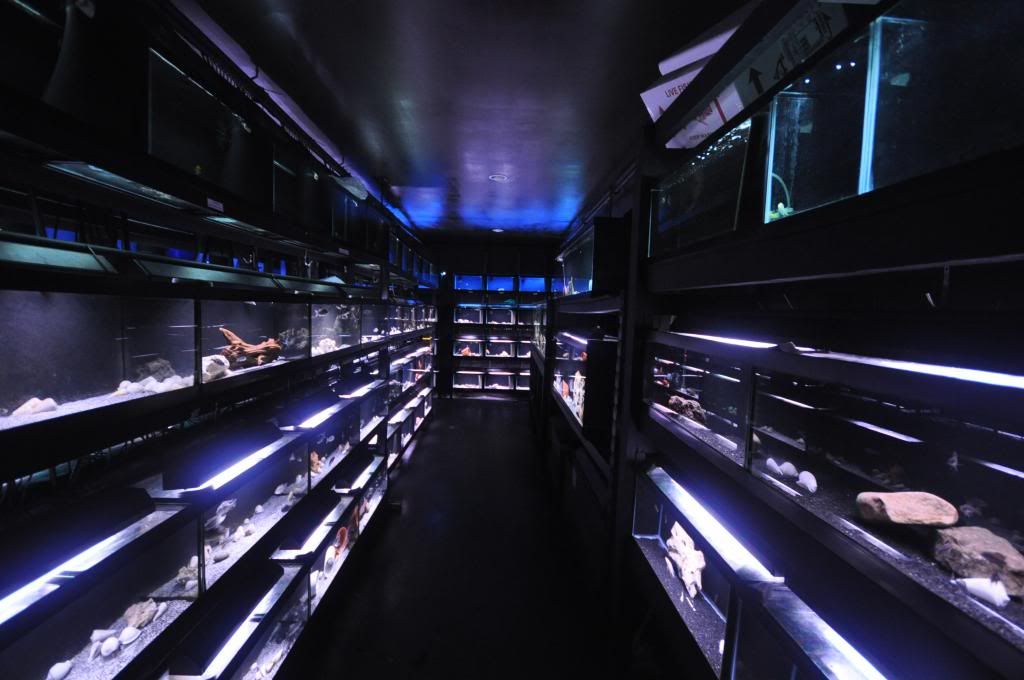Post by angel on Jul 25, 2011 10:56:15 GMT -6
Since starting the saltwater part of our hobby, I've met a myriad of other hobbyists who have marine aquariums--mostly coral-filled large tanks. When I've said to them I'm new to the hobby they right away want to know what corals I have and want to help establish more. When I have asked the question, what IS a coral exactly, I've gotten an explanation that there are three kinds--hard corals, soft coral polyps, and a sort of mix of the two, with hard bases and soft extensions. This is great, but not what I wanted to know.
Noticing conversations of other folks outside the reef club, some assume corals are a sort of plant. Others assume it's a rock. Neither of these was the answer either. So as we know, Google is our friend. Here's what I found:
Coral reefs can be seen from space, but they are made by one of the world’s simplest animals - some no bigger than the head of a pin. They are able do this because of their symbiotic relation with single-celled algae.
The coral animal itself looks a lot like an anemone and has a soft pouch for a body and stinging tentacles. Inside corals lives the algae called a zooxanthellae algae. This algae makes food from photosynthesis(so that's how corals are able to eat from light) and feed some of this food to the coral polyp. The coral polyp generates waste and the algae eats the waste. They're able to exist together like this as long as the sunlight is present, and can live in water that's relatively low in nutrients that way.
Coral polyps also are able to catch food with their tentacles so they have two ways of eating. From the algae and from catching prey.
Coral bleaching is when the environmental conditions change causing the algae to die. The reason for this bleaching is because the bright colors associated with coral actually comes from the algae. Interesting!
The rock part is the calcium carbonate shell that some corals build to house and protect them. Coral reefs are MASSIVE colonies of corals that have all built this shell.
Corals are actually an invert. We think of them differently sometimes, but a lot of inverts are similar in that some don't have faces, and they often have tentacles. Some of them have just one vent that serves as mouth and stomach. The animal world is much more diverse than we think about on a daily basis.
Does this make me want corals even more? No. I'm a fish addict. But at least now I -- and you -- know what they are! (if you didn't already)
Noticing conversations of other folks outside the reef club, some assume corals are a sort of plant. Others assume it's a rock. Neither of these was the answer either. So as we know, Google is our friend. Here's what I found:
Coral reefs can be seen from space, but they are made by one of the world’s simplest animals - some no bigger than the head of a pin. They are able do this because of their symbiotic relation with single-celled algae.
The coral animal itself looks a lot like an anemone and has a soft pouch for a body and stinging tentacles. Inside corals lives the algae called a zooxanthellae algae. This algae makes food from photosynthesis(so that's how corals are able to eat from light) and feed some of this food to the coral polyp. The coral polyp generates waste and the algae eats the waste. They're able to exist together like this as long as the sunlight is present, and can live in water that's relatively low in nutrients that way.
Coral polyps also are able to catch food with their tentacles so they have two ways of eating. From the algae and from catching prey.
Coral bleaching is when the environmental conditions change causing the algae to die. The reason for this bleaching is because the bright colors associated with coral actually comes from the algae. Interesting!
The rock part is the calcium carbonate shell that some corals build to house and protect them. Coral reefs are MASSIVE colonies of corals that have all built this shell.
Corals are actually an invert. We think of them differently sometimes, but a lot of inverts are similar in that some don't have faces, and they often have tentacles. Some of them have just one vent that serves as mouth and stomach. The animal world is much more diverse than we think about on a daily basis.
Does this make me want corals even more? No. I'm a fish addict. But at least now I -- and you -- know what they are! (if you didn't already)





